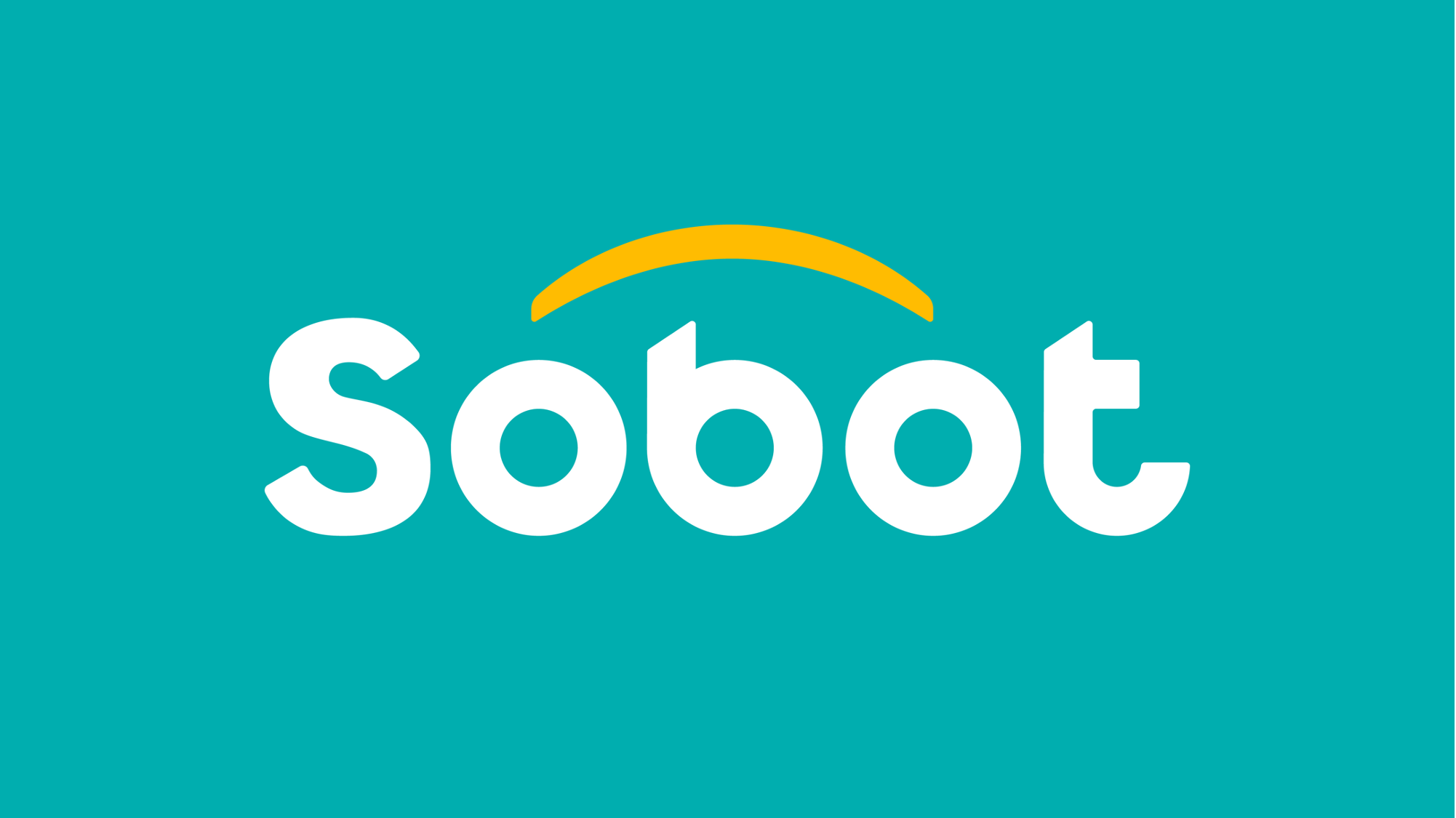In today’s highly competitive business environment, companies rely heavily on streamlined operations and effective customer service to succeed. Two commonly mentioned terms in this context are CRM (Customer Relationship Management) and BPO (Business Process Outsourcing). While both are essential for improving operational efficiency and customer satisfaction, they serve very different functions. Understanding the distinction between CRM and BPO can help businesses make informed decisions about how to manage customer relationships and internal processes.
What is CRM?
CRM, or Customer Relationship Management, refers to strategies, technologies, and tools that businesses use to manage and analyze interactions with current and potential customers. CRM systems are typically software platforms that collect and organize customer data from various channels such as websites, social media, phone calls, and emails.
What is BPO?
BPO, or Business Process Outsourcing, is the practice of contracting specific business operations or tasks to third-party service providers. These operations can include everything from customer support and technical assistance to payroll processing and data entry.
Key Differences Between CRM and BPO
While CRM and BPO both play important roles in enhancing business efficiency, they differ significantly in their functions, scope, and implementation. CRM, or Customer Relationship Management, is a system or strategy that businesses use internally to manage customer interactions, track sales activities, and analyze data to improve customer satisfaction. It is typically software-based and used by in-house teams to centralize customer information and personalize communication efforts. The primary goal of CRM is to strengthen relationships with customers, enhance retention, and support marketing and sales efforts through data-driven decisions.
On the other hand, BPO, or Business Process Outsourcing, refers to the practice of hiring third-party vendors to handle specific business operations. These processes can include front-office tasks like customer service and technical support or back-office functions such as payroll, accounting, and data management. Unlike CRM, which is a tool used within the company, BPO involves external service providers who manage specific functions to reduce costs and increase operational efficiency. While CRM is focused on improving how a company interacts with its customers, BPO is more about optimizing business processes by leveraging external expertise.
Another key difference lies in control and management. CRM systems are usually maintained by the company’s internal team, giving the business full control over customer data and communication strategies. In contrast, BPO services are managed externally, which means companies must coordinate with service providers to ensure quality and alignment with business goals. Despite these differences, CRM and BPO can work together effectively—for example, a BPO customer support team may use a company’s CRM system to deliver personalized service based on existing customer data.
Can CRM and BPO Work Together?
Yes. In fact, many companies integrate CRM tools with outsourced BPO services to maximize efficiency. For example, a BPO call center team may use a client’s CRM platform to access customer records, log calls, and provide personalized service. This integration ensures consistency and quality in customer interactions even when services are handled by external teams.

Looking for a Smarter Way to Manage Customer Interactions?
If you’re seeking a solution that seamlessly combines CRM capabilities with customer support functions, consider Sobot. Sobot offers a smart customer service platform designed to handle multi-channel interactions efficiently. Whether you’re managing customer inquiries, automating responses, or integrating with other business systems, Sobot helps you deliver faster, smarter, and more personalized support.
Let Sobot help you create a better customer experience from the first contact to long-term engagement.


